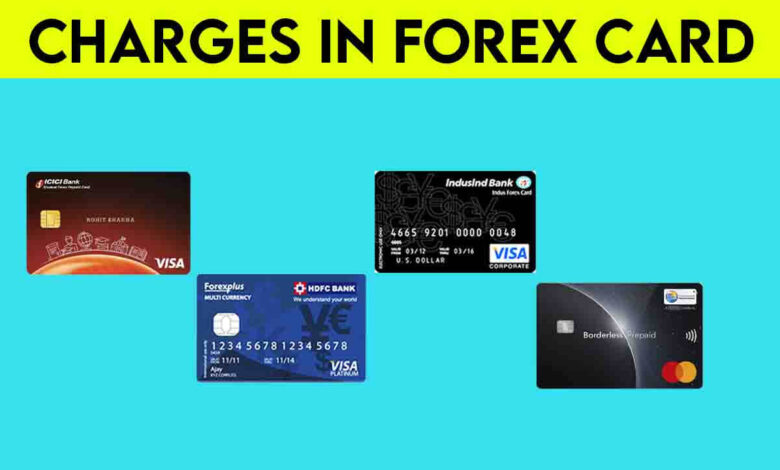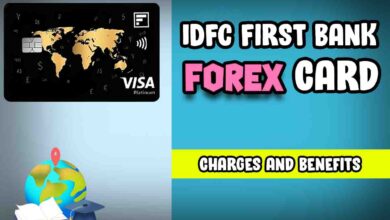All Fees and Charges of Forex card you should Know

If you are looking for a Forex card one thing that you encounter a lot is the charges of Forex card and with variety of charges in forex its hard to understand which card to choose that why in this article we will discuss about some most common charges charged by Forex card companies .
1) Card issuance Fee :
When you apply for Forex card you have to give one time fee called card issuance fee this fee is typically between 100-500 RS but today many Forex card companies offers forex card with zero issuance fee . But card issuance fee is not a big deal for those who are looking for a good Forex card because it is one time fee so you simply ignore and look for the benefits provided by those card companies .
2) Reload Fee :
When you are adding money in Forex card using upi , netbanking etc then forex company charges a fee called reload fee you will be charged this fee in every reload so while opting a forex card take a look on reload fee and try too choose a card with zero reload fee or having less reload fee.
3) cross currency usage fee

If you have a forex card loaded with one currency (let’s say USD), and you use it to make a purchase in a different currency (e.g., Euro or GBP), a cross-currency fee is applied.
To avoid this cross-currency usage fee, consider either:
- Adding the currency in which you’ll be making transactions to your forex card beforehand.
- Choosing a card that offers zero cross-currency fees.
This way, you can optimize your forex card usage and minimize unnecessary fees.
4) Atm withdrawal charges:
When you withdraw cash from an ATM using your forex card, you’ll encounter ATM withdrawal charges. generally it is 2 dollar per withdrawal but these charges vary among different card providers . To optimize your costs, consider selecting a card with low or zero ATM withdrawal fees.
While traveling abroad, having some cash on hand is essential. To minimize unnecessary charges, it’s advisable to withdraw larger amounts at once. Keep in mind that ATM withdrawal charges are typically applied per transaction, regardless of the withdrawal amount. This strategy helps you save on fees and ensures a more economical use of your forex card.
5) Cashout fee / Unloading fee:
When you decide to cash out an unused currency balance, there’s usually a fee involved. Unfortunately, these fees can add up, and they vary depending on the bank you use. It might seem a bit inconvenient to pay charges just to access your own money. To avoid this, consider opting for a card with zero cashout fees.
6) Inactivity fee :
Many forex card providers charge inactivity fees if the card remains unused for a certain period of time , typically around 180 days. These fees can range from US $5 to $10 per month. So always choose a card with zero inactivity fee or try to disable your card if it is not in use .





